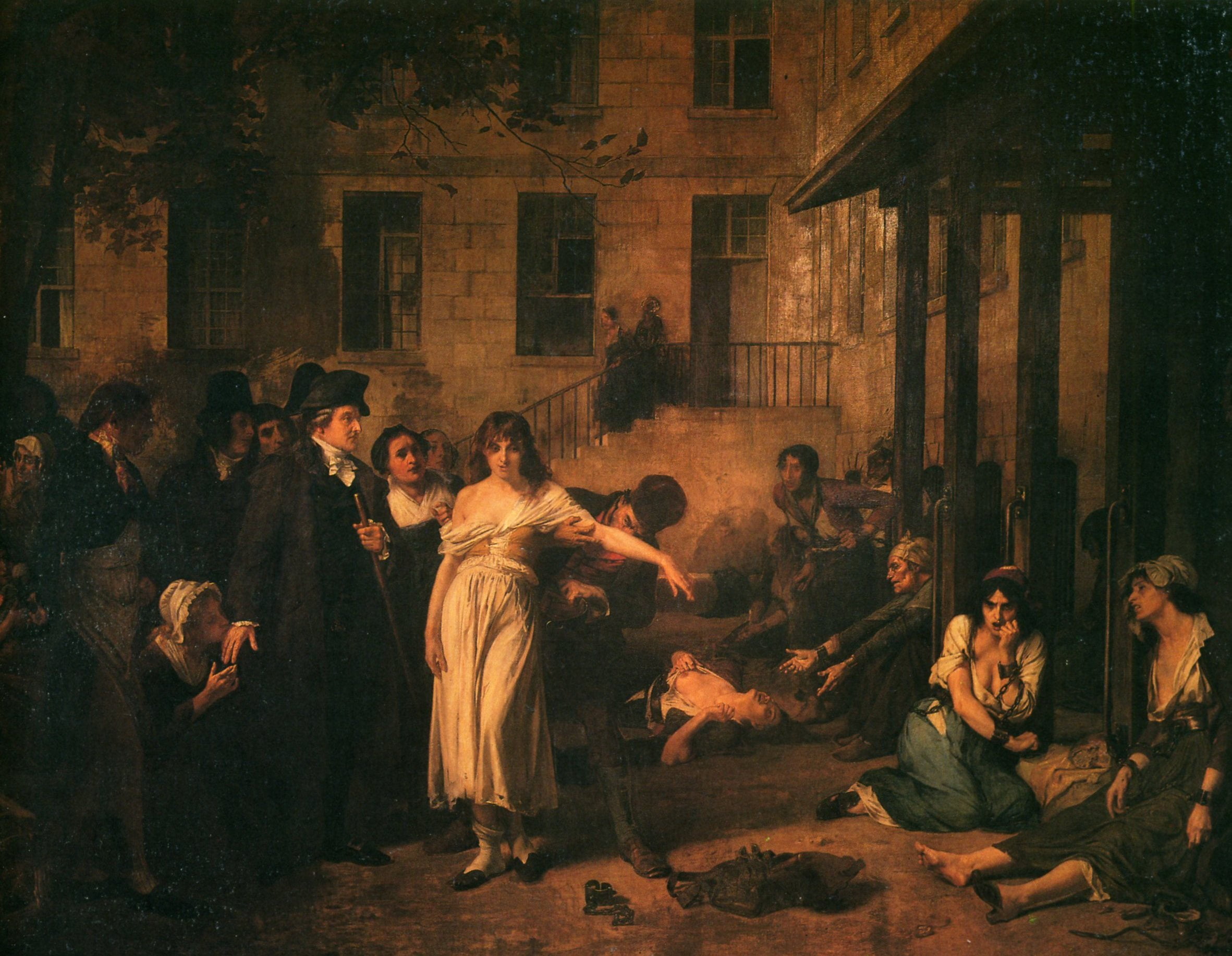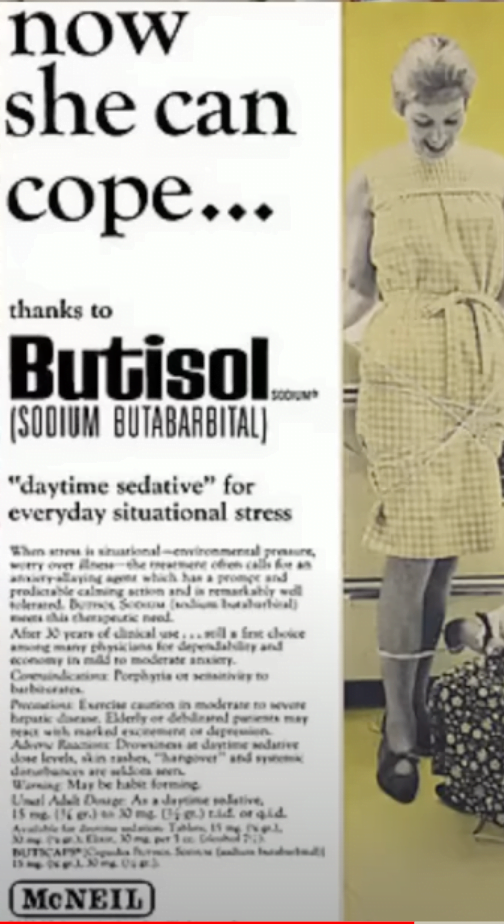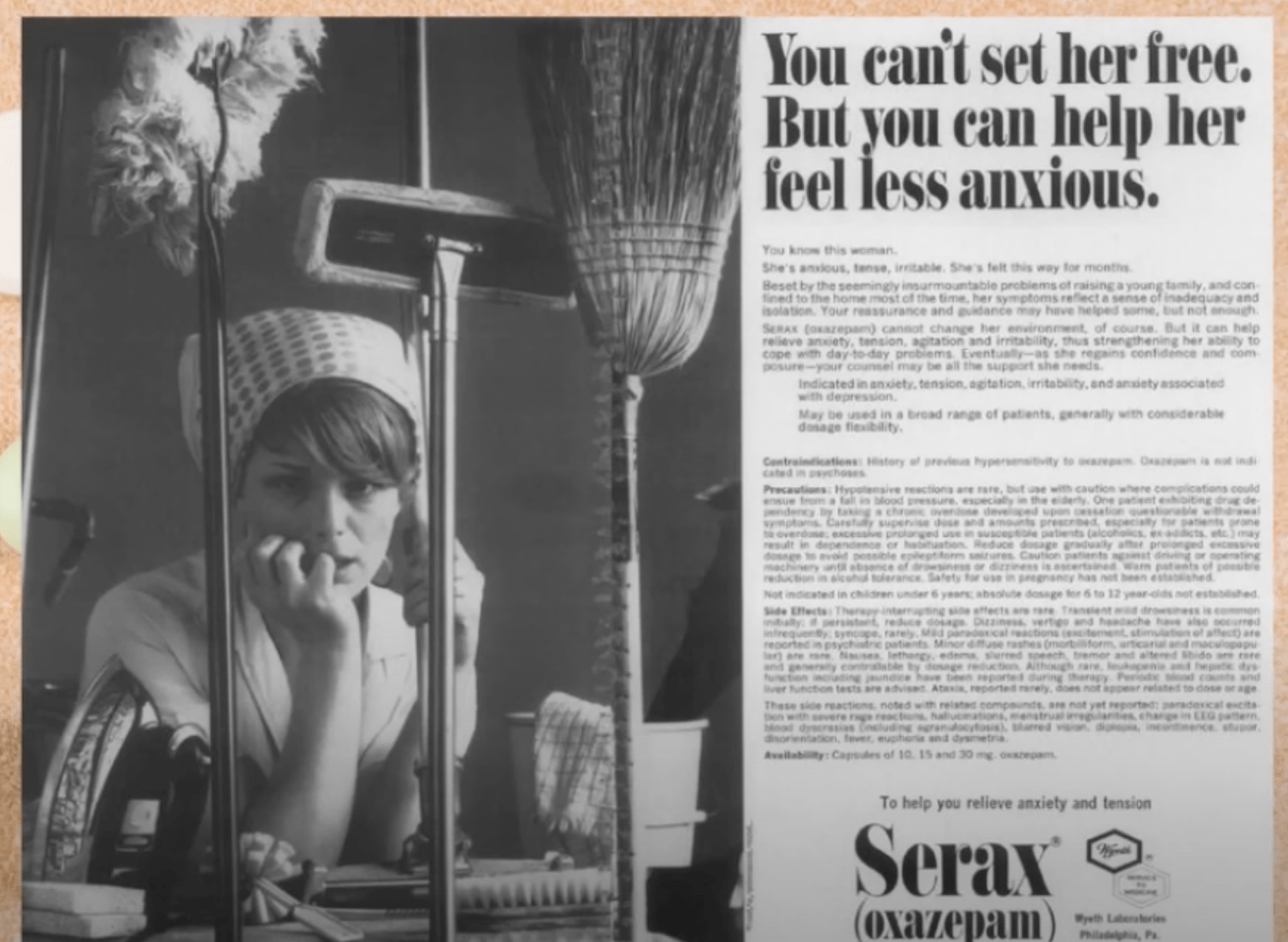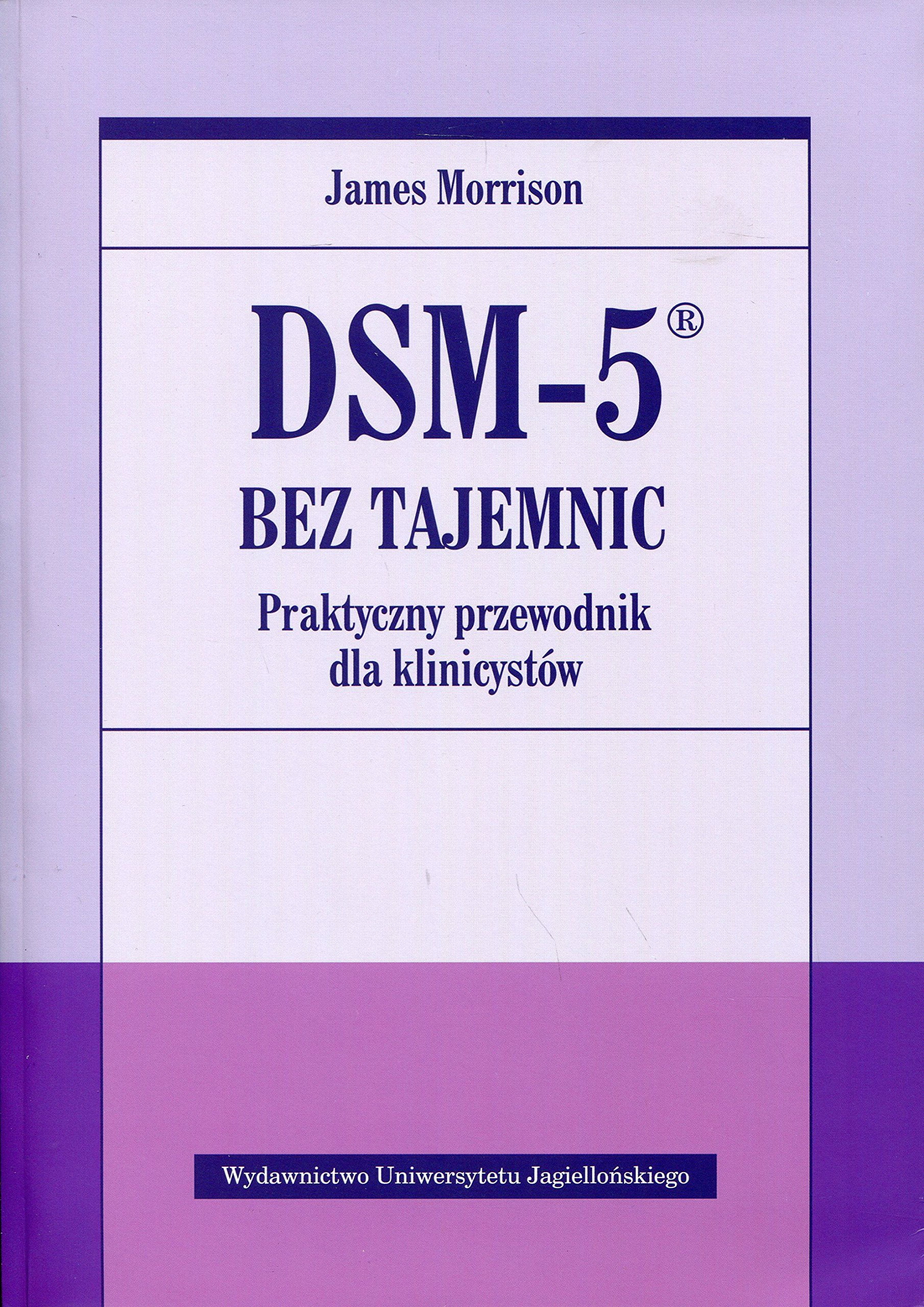On 16 January, Beata Pawlikowska published a video on her YouTube channel entitled “Depression. Latest Scientific Research” (the link opens the video with a voiceover in English, which was published on 27 January). In the over 40-minute material, the traveller – as she argues – “presents the latest scientific research on depressive disorders”. Beata Pawlikowska asserts that although she has no knowledge or experience in the field of clinical psychiatry, her excellent command of English and personal curiosity entitles her to present the latest state of psychiatric knowledge to the Polish audience. In reality, this material is misleading, spreads false information and manipulates research findings.
The film was met with immediate criticism from both members of the expert community and patients and their families. Maja Herman, a psychiatrist and the President of Polskie Towarzystwo Mediów Medycznych (the Polish Medical Media Association), accused the traveller of manipulation and launched a public fundraising campaign to collect money for legal actions against her.
On 18 January, Pawlikowska published a post on her Facebook page, which was supposed to be a reaction to the wave of criticism. In it, the author expresses regret about the publication of the film and “apologises” to people who felt offended.

At the same time, she does not apologise for the content contained in the recording and even further claims that she presented the findings of the most recent scientific research.
According to the media, in response to the criticism, the traveller deleted the video from her YouTube channel. In fact, however, it was not deleted, but only marked as “unlisted” (the link remained active). Currently, the video is public again and anyone can search for and watch it.
The film was widely commented on and described as unscientific and inconsistent with current psychiatric knowledge. Nevertheless, finding answers to all the theses put forward by the traveller online can be quite challenging, which is why Fakenews.pl decided to subject the film to a comprehensive and detailed analysis.
Linguistic remark
In the Polish version, Beata Pawlikowska consistently uses the term “choroba umysłowa” throughout the video. This term, which is supposed to be the opposite of “bodily illness”, is in fact a counterpart of “insanity”, an archaic concept widely regarded as stigmatising and derogatory.
Modern psychiatry was born in the 18th century, and the year 1795 is widely regarded as its symbolic beginning. During this time, the term was used to describe the overall cognitive system (mind) of man, i.e. perceiving, thinking, remembering, feeling emotions, learning or regulating attention. Currently, the term mental disorder is used in psychiatric discourse.

Chemical imbalance and self-regulation
In her video, the author repeatedly refers to the refutation of the serotonin theory regarding chemical imbalance in the brain, referring to articles by Joanna Moncrieff. According to her, this is one of the latest scientific discoveries. In fact, the serotonin theory was debunked more than 50 years ago, and in the scientific world it is treated as a kind of joke. The paper published by Moncrieff’s team in 2022 was seen by experts as unoriginal, late and an attempt to reinvent the wheel. In the past, we already discussed one of the articles published by Moncrieff’s team on the occasion of denying Wirtualna Polska’s reports about the alleged revolution in psychiatry. In this text, you can find the latest research results confirming the effectiveness of antidepressants collected by our team.
It is worth noting that depression is still commonly associated with chemical imbalance in the brain, as evidenced, for example, by a public opinion poll conducted in Australia.
In the modern understanding of mental disorders, more and more attention is paid to the issue of human self-regulation. It is the individual’s ability to maintain an optimal balance in the processing of external and internal stimuli. The brain has limited ability to process information, and at the same time it needs the right amount of information to function properly. Therefore, both excessive and insufficient stimulation can lead to disruption of functioning. A mental health crisis is a special situation that exceeds the resources and cognitive-emotional abilities of a person. Prolonged dysfunctional cognitive-emotional reactions may indicate the occurrence of mental disorders or pose a risk of developing them.
More and more studies point to the relationship between an individual’s ability to self-regulate and depression, anxiety disorders, and addictions. Self-regulation processes contribute to everyday human functioning and interactions with the environment.
The effectiveness of antidepressants
Effects of long-term pharmacological treatment
Citing a study from 2016 (00:55, 28:35) on the negative effects of taking antidepressants, the traveller distorts and over-interprets its results. She claims that antidepressants can cause long-lasting side effects.
The study was conducted in a group of 180 patients who had been taking antidepressants continuously for at least three years. They were asked about their own views, experiences, and feelings about taking antidepressants. The study looked at the effects (both positive and negative) of long-term medication use, not long-term effects.
The vast majority of patients (89.4%) said that antidepressants improved their health and had a positive impact on their daily lives, which was not mentioned in the recording. Of the respondents, 73.5% indicated problems with drug withdrawal; 71.8% experienced sexual problems; 65.3% struggled with weight gain; and 64.5% reported emotional numbness as a side effect. What is more, the majority of patients were pleased with the benefits of antidepressant treatment, which was not mentioned in the YouTube video.
Pro-depressants
Another thesis put forward in the film is the statement (40:41) that antidepressants can be counterproductive—perpetuating and aggravating depression. The article referenced by the author of the video was published in the Medical Hypotheses journal. It is a journal that publishes hypotheses and theoretical studies that may or may not contribute in some way to the development of science. After examining cases of treatment-resistant depression, the researchers hypothesised that medications may have a prodepressant effect on patients with drug resistance.
Beata Pawlikowska argues that antidepressants reduce the ability to empathise and weaken compassion (28:16), citing a research paper in the field of neuroscience. The authors of the paper present results indicating the effect of treatment with antidepressants on affective empathy (co-feeling unpleasantness or pain). However, the researchers did not observe the effect of antidepressant therapy on the ability to identify the emotions of others. According to the authors of the study themselves, this area requires more extensive, in-depth clinical research. Thus, these results are not sufficient to formulate such far-reaching theses as the one put forward by Pawlikowska.
Withdrawal syndrome
When speaking about the occurrence of discontinuation symptoms after going off antidepressants (29:55), the author of the recording compares it to the withdrawal syndrome experienced by people addicted to a specific substance. Withdrawal syndrome occurs when a substance that was once overused is withdrawn or its dosage is reduced.
According to current scientific knowledge and understanding of the phenomenon of addiction, this comparison is unwarranted. The negative effects associated with discontinuing antidepressant treatment are not indicative of drug addiction, there is no craving for these substances, and it does not invoke behaviours typical of addicts. The study cited by the author does not directly describe the effects of therapy discontinuation (as these have been thoroughly studied), but rather faulty procedures involved in the withdrawal process.
Emotional blunting
Several times in the recording, the traveller talks about emotional blunting or numbness caused by antidepressants. According to her, 40 to 60 percent of people undergoing antidepressant therapy experience emotional blunting, which she backs up with the results of the research described in this 2021 article. However, unlike the author of the recording, the authors of the study do not draw such far-reaching conclusions.
Although emotional blunting is reported by many patients diagnosed with a depressive disorder, its neuropsychological context remains unexplored. While most patients attribute this effect to antidepressants, many clinicians consider emotional blunting to be a residual symptom of depression. Therefore, the authors argue that there is a need to develop new clinical tools and therapeutic interventions against emotional blunting.
Benzodiazepines and antidepressants
In the video, the author also touches on the topic of benzodiazepines, which, according to her, were supposed to be the predecessors of antidepressants (37:45), which is not true.
Benzodiazepines are a group of drugs with anxiolytic, sedative, hypnotic, anticonvulsant and amnestic properties. They are used clinically in treating e.g. anxiety, panic disorders, insomnia, seizures, or certain types of epilepsy. Benzodiazepines are used temporarily, over short periods of time, only in the case of acute worsening of symptoms, under close medical supervision (see e.g. alprazolam).
It should also be noted that the first benzodiazepine (chlordiazepoxide) was approved for medical use in 1960, three years later than the first antidepressant (imipramine).
Indeed, benzodiazepines are highly addictive and their abuse must be considered a social problem. However, this problem is the result of the misuse and abuse of these substances, not their clinical effects.
When describing the negative effects of benzodiazepine abuse (39:05), the journalist refers to the research, but fails to put the results in the right context and manipulates them. There are also a few issues with the medicine ads that can be seen in the video (38:01, 38:51, 38:56).
Firstly, Butisol does not belong to the group of benzodiazepines – it’s a barbiturate.

Secondly, the Serax ad comes from the Journal of the American Medical Association.

Finally, the vast majority of scandals involving benzodiazepines were in fact related to inappropriate medical practices, over-prescribing, or prolonging therapies in time, and not the actual effects of the medicines.
Treatment of depressive disorders
Apart from “presenting the latest scientific knowledge” in her video, Beata Pawlikowska offers a number of therapeutic tips (41:52), recommending, among other things, movement, physical effort, sports and contact with other people.
The traveller goes even further and identifies “disconnection” (42:26) as the cause of depressive disorders. It should be noted, however, that she also points to the importance of “wise psychotherapy”.
Nonetheless, she does not specify what such “wise psychotherapy” means, so we present the most effective and commonly used therapeutic methods in the treatment of depressive disorders: 1) Cognitive Behavioural Therapy; 2) Solution-Focused Brief Therapy; 3) Psychodynamic Therapy; 4) behavioural activation; 5) social skills training; 6) supportive counselling.
Psychotherapy and pharmacotherapy are the most widely used methods of treating depressive disorders. Research on the effectiveness of psychotherapy and pharmacotherapy clearly indicates that the most effective form of treatment is a combination of the two.
The results of a meta-analysis of 153 studies involving 29,879 people indicated that the combination of psychotherapy and pharmacotherapy gives the best results in reducing the symptoms of depression as well as improving the quality of life. Psychotherapeutic interventions were slightly more effective than pharmacotherapy used separately. Findings indicating that the combination of psychotherapy and pharmacotherapy is the most effective method of treating depression can also be found in other meta-analyses (e.g. here).
The Conspiracy of Psychiatrists
In the video, the author talks about the accidental discovery of the mood-enhancing effects of iproniazid, originally used to treat tuberculosis. In a rather twisted way, Pawlikowska refers to hydrazine used by the Nazis as rocket fuel. She then strongly suggests that the first antidepressants derived from hydrazine inherit its toxic properties. Linking the effects of antidepressants to hydrazine has no scientific justification and resembles the pseudo-scientific theory of water memory.
Pawlikowska quotes Wayne Goodman, chairman of the U.S. Food and Drug Administration’s Psychopharmacologic Drugs Advisory Committee (37:13), who stated that the serotonin theory is used as a “useful metaphor.” Again, the traveller did not explain the context of Goodman’s statement. In 2005, an article was published describing the differences between the content of antidepressant advertisements and the current state of scientific knowledge. The authors point to the deliberate use of the serotonin theory in consumer advertisements for SSRIs.
Wayne Goodman’s words about the “useful metaphor” appeared in a commentary article on the above-mentioned research. The authors state that they have received no academic objections to the article talking about the use of the serotonin theory in advertising. On the other hand, several prominent American psychiatrists, including Wayne Goodman, confirmed the conclusions of the article. In this comment, Goodman used the term “useful metaphor”, while admitting that he never uses it himself.
Furthermore, Pawlikowska adds (37:28) that the use of the serotonin theory is aimed at making patients as motivated as possible to take medications.
It’s not the same everywhere
When talking about the narrative built around benzodiazepines and antidepressants and how they are advertised, Beata Pawlikowska describes processes and phenomena applicable exclusively to American society. In Poland, it is prohibited to advertise psychoactive substances or prescription drugs (including all drugs used in psychiatry), which is a global standard (with a few exceptions, including in the United States).
Also, the literature, a list of which is included in the video description, mostly refers to American society (of course, in matters related to society), which is characterized by a high level of medicalization. This means that medical practices and perspectives permeate other areas of social life, e.g. social problems are often described in terms of mental disorders. In sociology, the process of medicalization was first described in the 1970s. The medicalization of Polish society can be seen above all in the language. For instance, schizophrenia is often used in non-medical contexts.
In addition, it should be noted that American psychiatry differs significantly from European psychiatry. There are two systems of classification and diagnosis in the scientific world: ICD-11 (used by the World Health Organization) and DSM-5 (used by the American Psychiatric Association). There are significant differences between them. One of the most widely commented differences concerns the experience of mourning. In DSM-5, grieving (e.g. after the loss of a loved one) is considered a type of depression, while according to ICD-11, mourning is a natural response to loss.
The World Health Organization’s ICD-11 classification differs from DSM-5 in terms of clinical practices, diagnostic process, and scientific perspective.

The differences between the two classifications are symptomatic of psychiatry as a science, as they reflect cultural and social differences. You can learn more in this article.
Defending Pawlikowska
On 20 January, Beata Pawlikowska published a post on her Facebook profile, in which she thanked the Press Freedom Monitoring Center (Centrum Monitoringu Wolności Prasy Stowarzyszenia Dziennikarzy Polskich) for the support.

In a statement published on its website, the Press Freedom Monitoring Center calls the critical reaction of experts an unfounded attack on freedom of speech, and future litigation against Pawlikowska censorship. On the other hand, the content contained in the recording is to be important information, the dissemination of which is in the broadly understood social interest.
In the past, the Polish Journalists Association also used the same arguments in defence of e.g. Zbigniew Martyka. His lecture on the COVID-19 pandemic, in which he said that at the beginning of the epidemic, “absolute numbers were used to make it look more dramatic”, has already been removed from Radio Maryja’s YouTube channel.
Summary
Beata Pawlikowska’s video, which is misleading, manipulating and presenting false information about antidepressants, is an expression of a certain view of psychiatry in general. As the author announced, despite the wave of criticism from specialists, patients and their families, she intends to continue her media activities. She has also announced further actions, such as setting up a foundation.

Sources
Alprazolam: https://www.mp.pl/pacjent/leki/subst.html?id=74
Benzoinfo: https://www.benzoinfo.com/a-brief-history-of-benzodiazepines/
Food and Drug Law Institute: https://www.fdli.org/2017/08/prescription-drug-advertising-promotion-regulations-enforcement-select-global-markets/
Health Harvard: https://www.health.harvard.edu/diseases-and-conditions/going-off-antidepressants
Insciento Veritas: https://www.inscientioveritas.org/water-memory-myth-that-wouldnt-die/
Ministerstwo Zdrowia: https://www.gov.pl/web/zdrowie/reklama-lekow
National Library of Medicine: https://psycnet.apa.org/record/2010-10101-008
National Library of Medicine: https://pubmed.ncbi.nlm.nih.gov/11592471/
National Library of Medicine: https://pubmed.ncbi.nlm.nih.gov/21459521/
National Library of Medicine: https://pubmed.ncbi.nlm.nih.gov/23688917/
National Library of Medicine: https://pubmed.ncbi.nlm.nih.gov/23870719/
National Library of Medicine: https://pubmed.ncbi.nlm.nih.gov/27528803/
National Library of Medicine: https://pubmed.ncbi.nlm.nih.gov/27780478/
National Library of Medicine: https://pubmed.ncbi.nlm.nih.gov/29710097/
National Library of Medicine: https://pubmed.ncbi.nlm.nih.gov/30292574/
National Library of Medicine: https://pubmed.ncbi.nlm.nih.gov/31121495/
National Library of Medicine: https://pubmed.ncbi.nlm.nih.gov/34842811/
National Library of Medicine: https://pubmed.ncbi.nlm.nih.gov/35854107/
National Library of Medicine: https://pubmed.ncbi.nlm.nih.gov/35854107/
National Library of Medicine: https://www.ncbi.nlm.nih.gov/pmc/articles/PMC6555809/
National Library of Medicine: https://www.ncbi.nlm.nih.gov/pmc/articles/PMC8712545/
Podyplomie: https://podyplomie.pl/publish/system/articles/pdfarticles/000/010/129/original/30-32.pdf?1472555100
Research Gate: https://www.researchgate.net/publication/356822195_Kryzys_psychiczny_w_nowoczesnym_swiecie
Równość.eu: https://rownosc.eu/psychiatryzacja-w-jezyku-czyli-o-kim-i-jak-w-rzeczywistosci-mowimy/
Stan Rzeczy: https://stanrzeczy.edu.pl/index.php/srz/article/view/491








